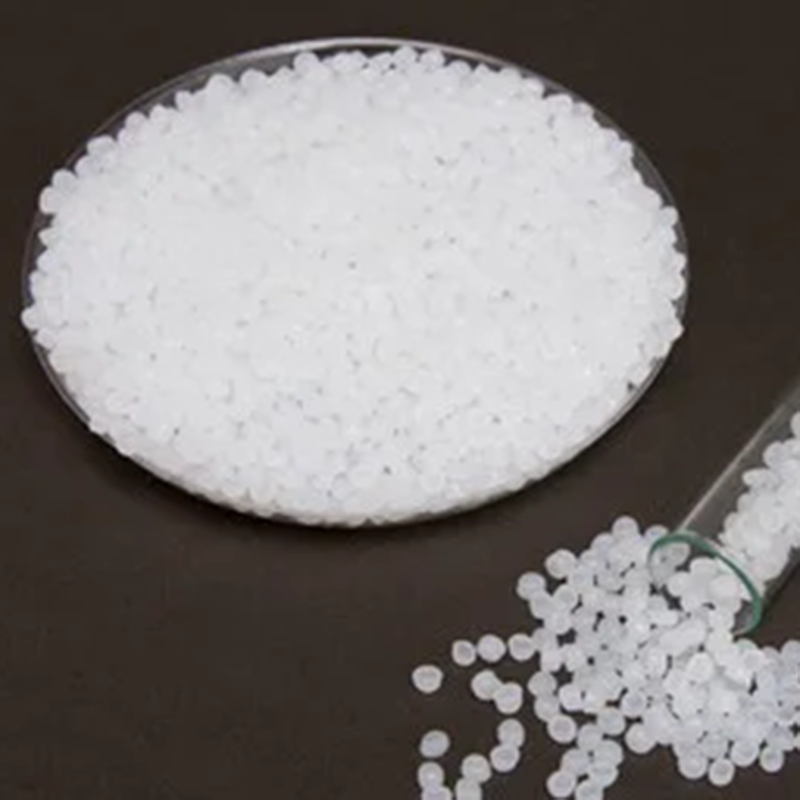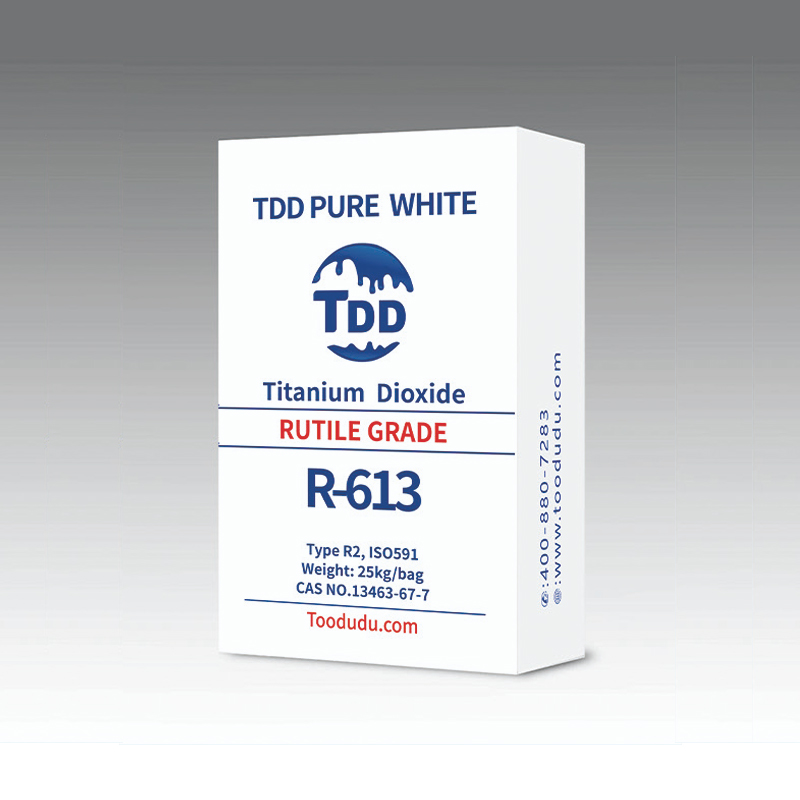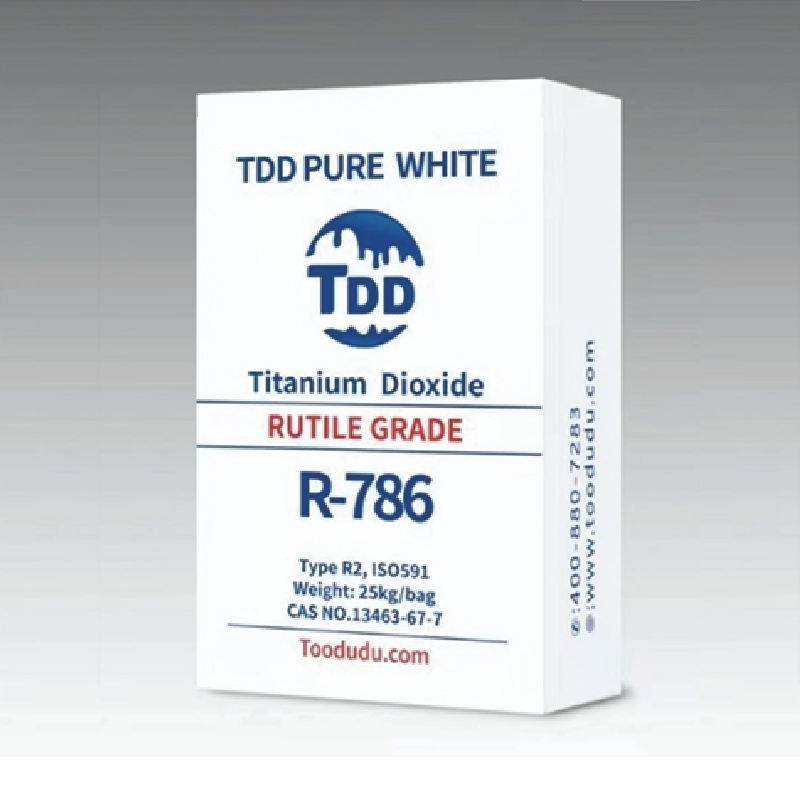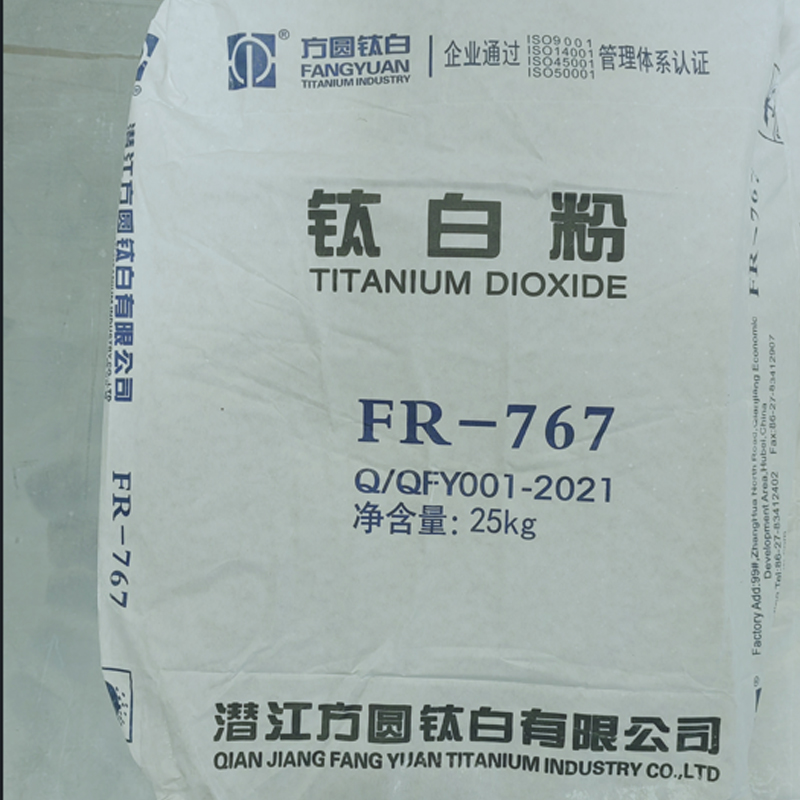Glucose, organic compound , molecular formula C 6 H 12 O 6. It is the most widely distributed and important monosaccharide in nature . It is a polyhydroxyaldehyde. Pure glucose is a colorless crystal, sweet but not as sweet as sucrose . It is easily soluble in water, slightly soluble in ethanol , and insoluble in ether . The optical rotation of natural glucose aqueous solution is to the right, so it belongs to ” dextrose “.
Glucose plays an important role in the field of biology . It is the energy source and metabolic intermediate product of living cells , that is, the main energy supply substance of organisms. Plants produce glucose through photosynthesis . It is widely used in candy manufacturing and pharmaceutical fields.
A brief history of research #
In 1747, the German chemist S. Marggraf was in Berlin Glucose was isolated for the first time and the process was published in “Chemical Experiments on the Extraction of Sucrose from Several Plants Originating in Germany” in 1749In the article, page 90 reads: “Moisten raisins with a small amount of water to soften them, and then squeeze the squeezed juice. After purification and concentration, a sugar is obtained. The sugar discovered by Magraf is glucose.
However, glucose was not named until 1838. Its English name glucose is derived from the French glucose . It was first created by French professor Eugène-Melchior Péligot (1811-1890). From the German word gleukos – unfermented sweet fruit wine , the prefix gluc- comes from the German glykys , which means sweet, and the suffix -ose indicates its chemical classification, indicating that it is a carbohydrate .
In the same year, Louis Jacques Thénard , Joseph Louis Gay-Lussac , Jean – BaptisteBiot and Jean -Jean Baptiste AndreDumas Four French scientists jointly published a review of Mr. Perigo’s collection of academic papers, titled “Research on Nature and the Chemistry of Sugars” Study,” on page 109, reads: “Those derived from grapes, starch, honey, and even substances that cause diabetes have the same composition and properties, naming this single substance glucose.
Due to the important position of glucose in living organisms, understanding its chemical composition and structure became an important topic in organic chemistry in the 19th century. In 1884, Emil Fischer began to study sugars . There were only four types of monosaccharides known at that time : two aldohexoses (glucose, galactose ) and twoketohexoses ( fructose , sorbose ). They have the same molecular formula C 6 H 12 O 6 , Chemistry at the University of Munich H.iKhani preliminarily found that glucose and galactose are linear five-hydroxy aldehydes, and fructose and sorbose are linear five-hydroxy ketones .
Fisher discovered that glucose, fructose, and mannose formed the same vein as benzene, and therefore concluded that these three sugars had the same configuration below the second carbon atom. According to the stereoisomerismtheory of Van’tHoff andeLeBl, Fisher deduced that aldohexose has 16 possible configurations, using methods such as oxidation, reduction, degradation, and addition . , by 1891, he determined the configuration of all members of D-aldohexose. [4]In 1892, the German chemist Fischer determined the chain structure of glucose and its stereoisomers, and won the 1902Nobel Prize in Chemistry for his great achievements in stereochemistry .
In April 2022, Chinese scientists used electrocatalysis combined with biosynthesis to efficiently reduce carbon dioxide to synthesize high-concentration acetic acid, and further use microorganisms to synthesize glucose and oil. This achievement was jointly completed by the University of Electronic Science and Technology of China, the Shenzhen Institute of Advanced Technology of the Chinese Academy of Sciences and the University of Science and Technology of China. It was published as a cover article in the international academic journal “Nature Catalysis” on April 28, 2022.
On August 15, 2023, the famous academic journal ” Science Bulletin ” published the latest research results showing that Chinese scientists achieved precise total synthesis from carbon dioxide to sugar in the laboratory, taking a key step in artificially synthesizing sugar. The research results were completed by the scientific research team of Tianjin Institute of Industrial Biotechnology, Chinese Academy of Sciences and Dalian Institute of Chemical Physics, which took more than two years to complete. The team mixed high-concentration carbon dioxide and other raw materials in a certain proportion in the reaction solution, and under the action of chemical catalysts and enzyme catalysts, four kinds of hexoses were obtained:
glucose, psicose, tagatose, and mannose. Hexose is the collective name for sugars that are widely distributed in nature and are most closely related to the body’s nutritional metabolism.
Physical and chemical properties #
Glucose is colorless crystal or white crystalline or granular powder; odorless, sweet, hygroscopic, and easily soluble in water.
⒈Optical activity
The specific optical rotation value of α-D-glucose at 20°C is +52.2°.
⒉Solubility _
The maximum concentration of a single glucose solution is 50% at 20°C.
⒊Sweetness _
The specific sweetness of α-D-glucose is 0.7.
⒋Viscosity _
The viscosity of glucose increases with increasing temperature.
Boiling point : 527.1ºC at 760 mmHg
Storage conditions: 2-8ºC
It is the most widely distributed monosaccharide in nature. Glucose contains five hydroxyl groups and one aldehyde group , and has the properties of polyol and aldehyde .
It easily decomposes when heated under alkaline conditions. Should be kept airtight. It is rapidly absorbed after oral administration and is utilized by tissues after entering the human body. 1 mol of glucose releases 2870 kJ of energy after complete oxidation reaction in the human body. Part of this energy is converted into 30 or 32 mol of ATP. The rest of the energy is dissipated in the form of heat energy to maintain the body temperature. It can also be converted into glycogen or fat for storage through the liver or muscles. .
(1) The aldehyde group in the molecule has reducing properties and can react with silver ammonia solution and be oxidized into ammonium gluconate .
(2) The aldehyde group can also be reduced to hexanehexanol.
(3) There are multiple hydroxyl groups in the molecule, which can undergo esterification reactions with acids.
(4) Glucose undergoes oxidation reaction in the body and releases heat.
(5) Glucose can be produced by hydrolysis of starch under the catalysis of enzyme or sulfuric acid.
(6) Plant photosynthesis .
(7) Glucose reacts with newly prepared copper hydroxide .
(8) Glucose decomposes into water and carbon dioxide under certain conditions .
(9) Hydrolysis of maltose.
(10) Hydrolysis of starch and cellulose.
1. The sugar aqueous solution obtained by partially hydrolyzing edible corn starch with food-grade acids and/or enzymes is purified and concentrated. Due to different degrees of hydrolysis, the amount of D-glucose contained can vary greatly. Those made from corn starch are called “corn syrup”.
2. Glucose can be obtained by hydrolyzing starch with hydrochloric acid or dilute sulfuric acid. It can also be made from starch as raw material under the action of starch glucoamylase.
Physiology and biochemistry #
The central nervous systemrelies almost entirely on the supply of blood sugar as energy. Once blood sugar rises to 80 mg%, diabetes may occur.
Industrially, glucose is produced by hydrolysis of starch. In the 1960s, microbial enzymatic methods were used to produce glucose. This is a major innovation and has obvious advantages over acid hydrolysis. In production, the raw materials do not need to be refined, and there is no need for acid-resistant or pressure-resistant equipment. Moreover, the sugar liquid has no bitter taste and has a high sugar production rate.
Glucose is mainly used as an injectable nutritional agent ( glucose injection ) in medicine.
In the food industry, fructose can be produced from glucose after isomerase treatment, especially fructose syrup containing 42% fructose , which has the same sweetness as sucrose and has become an important product in the current sugar industry.
Glucose is an indispensable nutrient for metabolism in living organisms. The heat released by its oxidation reaction is an important source of energy required for human life activities. It can be used directly in the food and pharmaceutical industries. It is used as a reducing agent in the printing, dyeing and tanning industry. Glucose is commonly used asa reducing agent in the mirror-making industry and the silver plating process of thermos bottles . In industry, a large amount of glucose is used as raw material to synthesize vitamin C (ascorbic acid).
Glucose is easily absorbed into the bloodstream, so it is often used by hospital personnel, sports enthusiasts, and everyday people as a powerful, quick energy boost.
Glucose enhances memory, stimulates calcium absorption and increases intercellular communication. But too much can raise insulin concentrations, leading to obesity and diabetes; too little can cause hypoglycemia or worse, insulin shock ( diabetic coma ). Glucose is important for brain function, and glucose metabolism can be disrupted by: depression, bipolar disorder, anorexia, and bulimia. Alzheimer’s disease patients record lower glucose concentrations than other brain abnormalities, leading to strokes or other vascular diseases. Researchers found that supplementing the diet with 75 grams of glucose increased memory test scores.
Glucose is absorbed into liver cells, reducing glycogen secretion, causing muscle and fat cells to increase glucose uptake. Excess blood glucose is converted into fatty acids and triglycerides in the liver and fatty tissue.
Glucose is widely used clinically to provide water and calories for patients with high fever, dehydration, coma or inability to eat. When a large amount of body fluid is lost in the body, such as vomiting, diarrhea, massive blood loss, etc., 5% to 10% glucose and physiological saline can be infused intravenously to supplement water, salt and sugar, and can be used for patients with hypoglycemia and drug poisoning. Intravenous infusion of 25% to 50% hypertonic solution can cause tissue dehydration and temporary diuresis due to its high osmotic effect. It can be used alternately with mannitol to treat cerebral edema, pulmonary edema and reduce intraocular pressure. Hypoglycemia is treated with intravenous infusion of hypertonic glucose. Combined with insulin, it can promote the transfer of potassium into cells and is also one of the treatment measures for hyperkalemia .
Decomposition pathway #
Natural glucose, whether free or combined, belongs to the D configuration. In aqueous solution, it mainly exists in the pyran configuration of oxygen-containing rings, and is an equilibrium mixture of α and β configurations. Under normal temperature conditions, crystals can be precipitated from a supersaturated aqueous solution in the form of α-D-glucose hydrate (containing 1 water molecule), with a melting point of 80°C; while crystals precipitated between 50 and 115°C are free. Water α-D-glucose, melting point 146°C. The stable form precipitated above 115℃ is β-D-glucose , with a melting point of 148~150℃. The furan ring form of glucose only exists in a bound state in a few natural compounds.
D-glucose has the chemical properties of general aldose : under the action of oxidants, it generates gluconic acid, glucaric acid or glucuronic acid ; under the action of reducing agents, it generates sorbitol; under the action of weak bases, glucose can react with the other two Six-carbon sugars with similar structures – fructose and mannose – are converted into each other through the enol form. Glucose can also combine with phenylhydrazine to form glucoside, which is different from other glucosides in terms of crystal shape and melting point and can be used as a means to identify glucose.
Most organisms have enzyme systems that break down D-glucose for energy. In living cells, such as mammalian muscle cells or single-cell yeast cells, glucose successively passes through the aerobic glycolysis pathway, the aerobic tricarboxylic acid cycle, and the biological oxidation process to generate carbon dioxide and water, releasing relatively large amounts of carbon dioxide and water. A large amount of energy is stored in the form of ATP ( adenosine triphosphate ) for growth, movement and other life activities. In the absence of oxygen, glucose is only decomposed into lactic acid or ethanol, releasing much less energy. Brewing is an anaerobic decomposition process. Industrially, glucose obtained by hydrolyzing starch with acid or enzyme can be used as raw material for food, wine, pharmaceutical and other industrial production.
(1) Fermentation industry
The growth of microorganisms requires a suitable carbon-to-nitrogen ratio. Glucose, as the carbon source of microorganisms, is the main ingredient of fermentation culture media . Antibiotics, monosodium glutamate, vitamins, amino acids, organic acids, enzyme preparations, etc. all require large amounts of glucose. Glucose can also be used. As a raw material for microbial polysaccharides and organic solvents.
(2) Food industry
At present, crystallized glucose is mainly used in the food industry. With the improvement of living standards and the continuous development of science and technology in the food industry, glucose is increasingly used in the food industry. The food industry will still be the largest market for a long time to come.
(3) Chemical industry
Glucose is also widely used in industry. It is used as a reducing agent in the printing, dyeing and tanning industry. Glucose is also commonly used as a reducing agent in the mirror-making industry, thermos bottle silver plating, glass fiber silver plating and other chemical silver plating industries.
Application of glucose in the manufacture of chrome tanning agents in the tanning industry: Chromium tanning agents are the best tanning agents for manufacturing light leather (shoe upper leather, clothing leather) . Chromium salts have been used to make leather for 100 years. The leather produced has the characteristics of high shrinkage temperature, good elasticity, resistance to flexing, washing resistance, solidity and durability. The chromium tanning agent is mainly basic chromium sulfate (basic chromium chloride can also be used, but its tanning agent effect is worse than chromium sulfate). The manufacturing method is to use glucose or sulfur dioxide as a reducing agent to reduce dichromate into basic chromium sulfate in a sulfuric acid solution to make a chromium tanning liquid. After the tanning liquid is concentrated and dried, a powdery chromium tanning agent can be obtained. .
(4) Synthesis and transformation
Glucose can be synthesized or converted into other products through hydrogenation, oxidation, isomerization, alkaline degradation, esterification, acetalization, etc. Such as hydrogenation to produce sorbitol; oxidation to produce glucuronic acid, diacid, etc., and can be further produced into calcium acid, sodium acid, zinc acid and gluconodelta lactone; isomerization into F42, F55, F90 fructose syrup and crystallization Fructose; it can also be isomerized into mannose (raw material for the production of mannitol), of which sorbitol can further generate vitamin C , which is widely used in clinical treatment, and 15% mannitol is clinically used as a safe and effective way to reduce intracranial pressure medications to treat cerebral edema and glaucoma.


 2024-02-19
2024-02-19 



